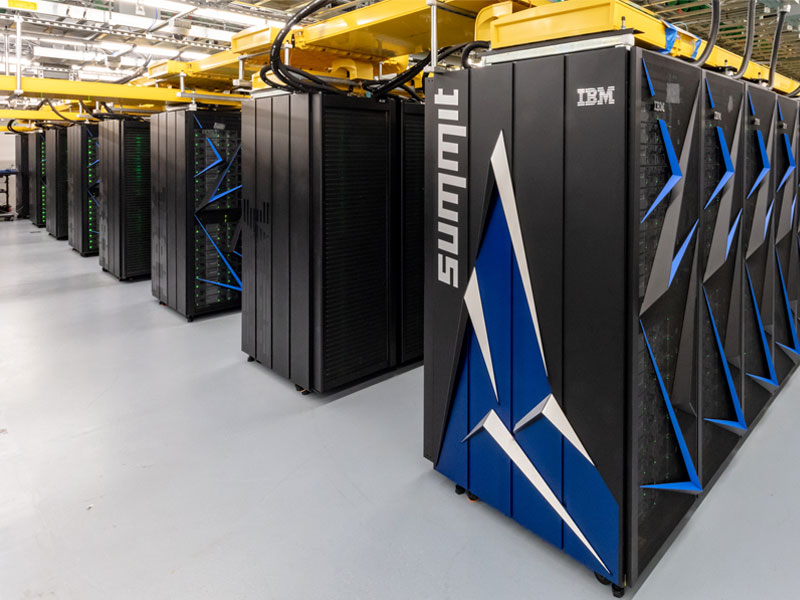To govern this innovative machine, its creators have relied on an operating system based on Linux, specifically in Red Hat Enterprise Linux. A choice that is not at all surprising since the ranking of the most powerful supercomputers in the world has been led for years by machines that run this Open Source OS.
According to the statement released by ORNL, Summit will provide unprecedented computing power for research in fields such as scientific innovation, energy or artificial intelligence, allowing scientific discoveries that, before it, were practically impossible to perform.
Summit is an IBM AC922 system consisting of 4,608 compute servers, each with two 22-core IBM Power9 processors and six NVIDIA Tesla V100 graphics processing unit accelerators, interconnected with two-way Mellanox EDR 100Gb / s InfiniBand. It has more than 10 petabytes of memory combined with fast routes of high bandwidth for an efficient data movement.
For more information, see the Oak Ridge National Laboratory statement following this link.







0 Comments